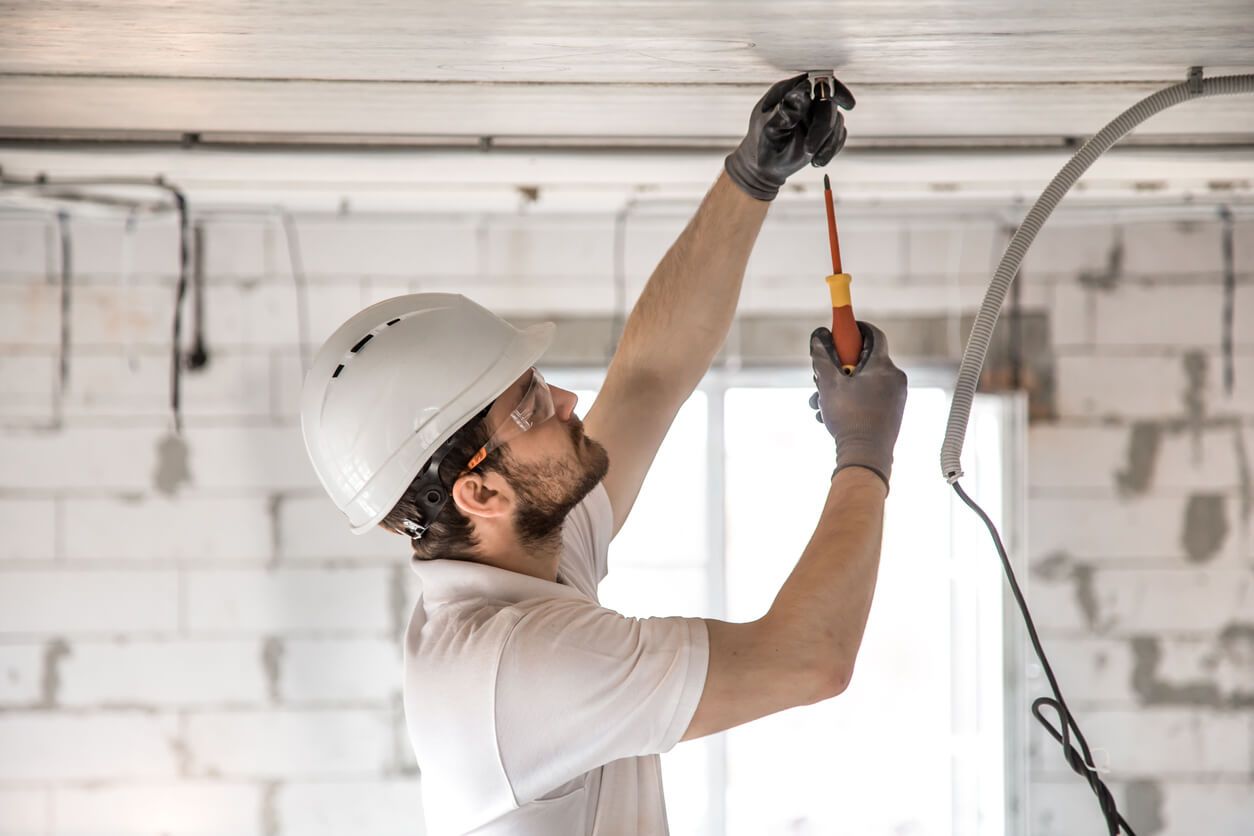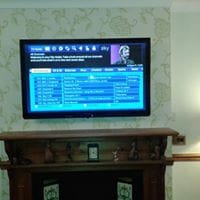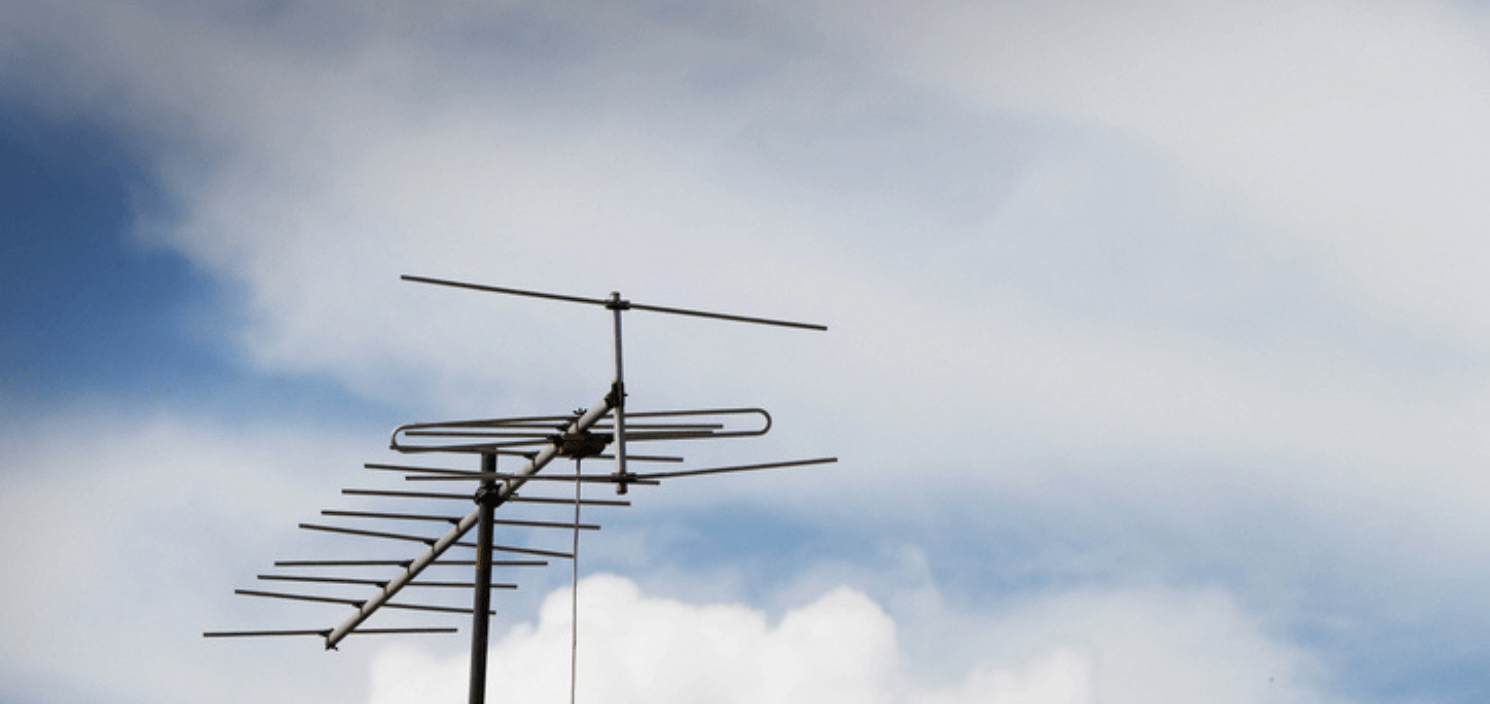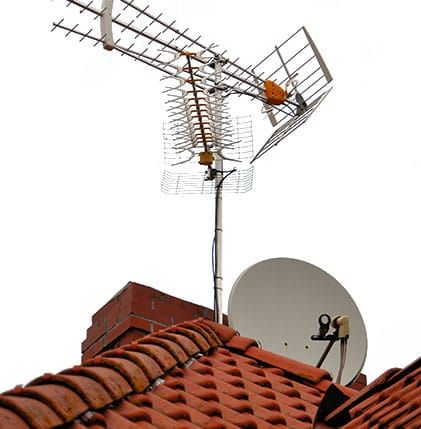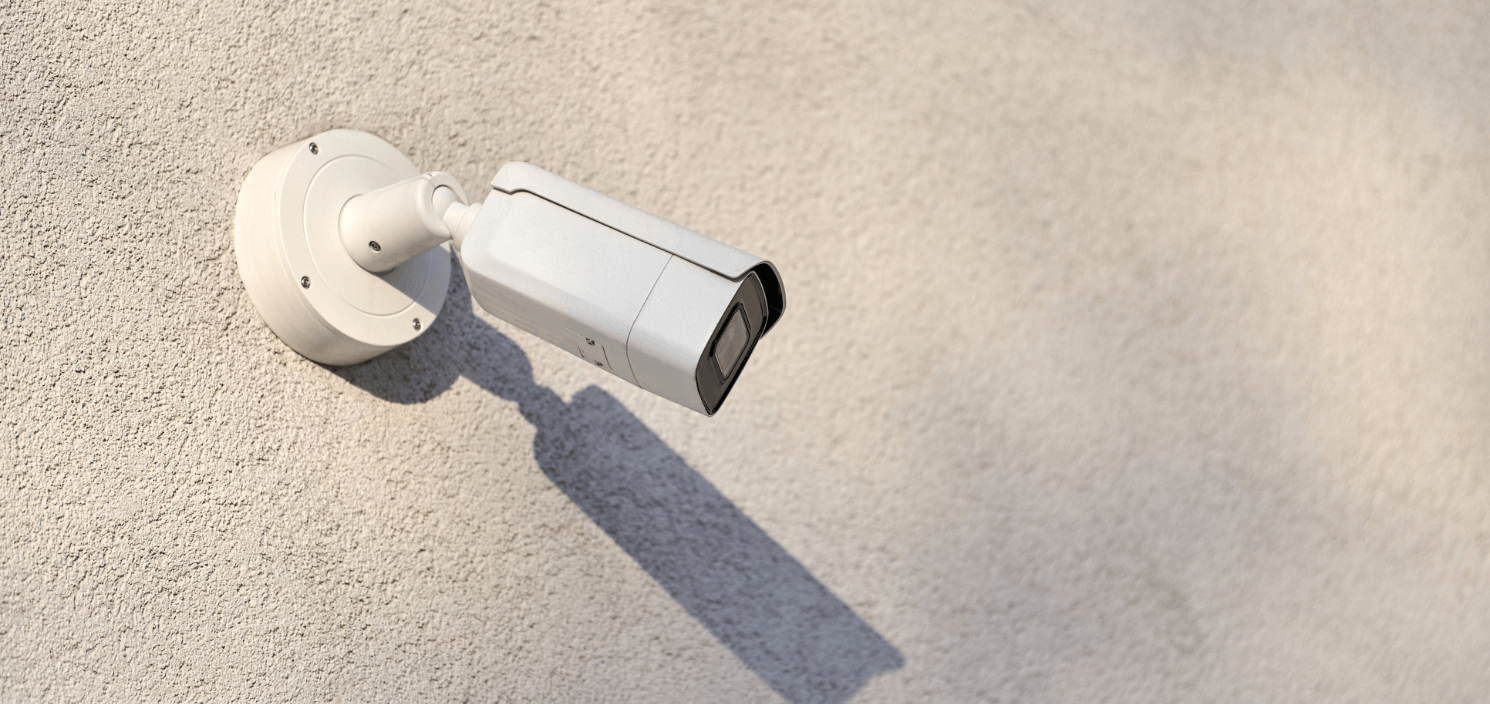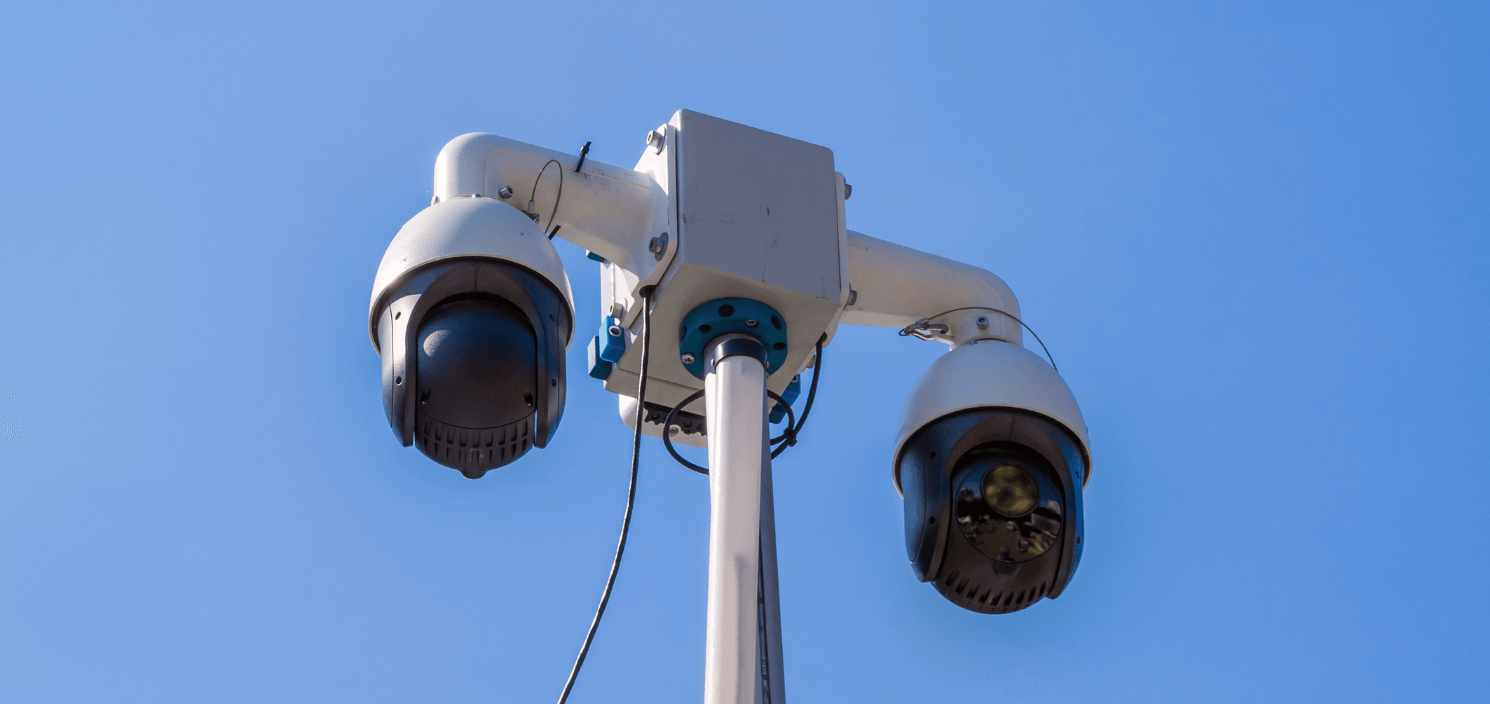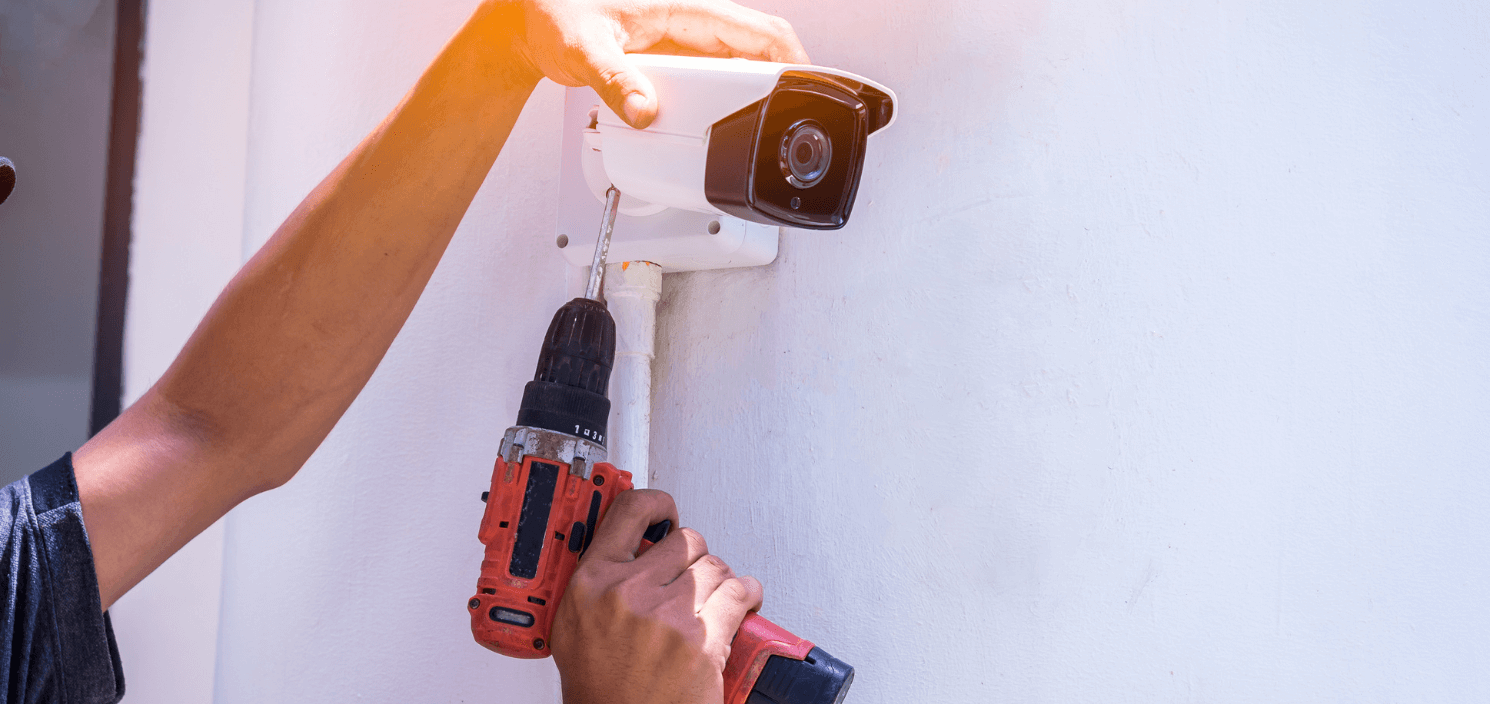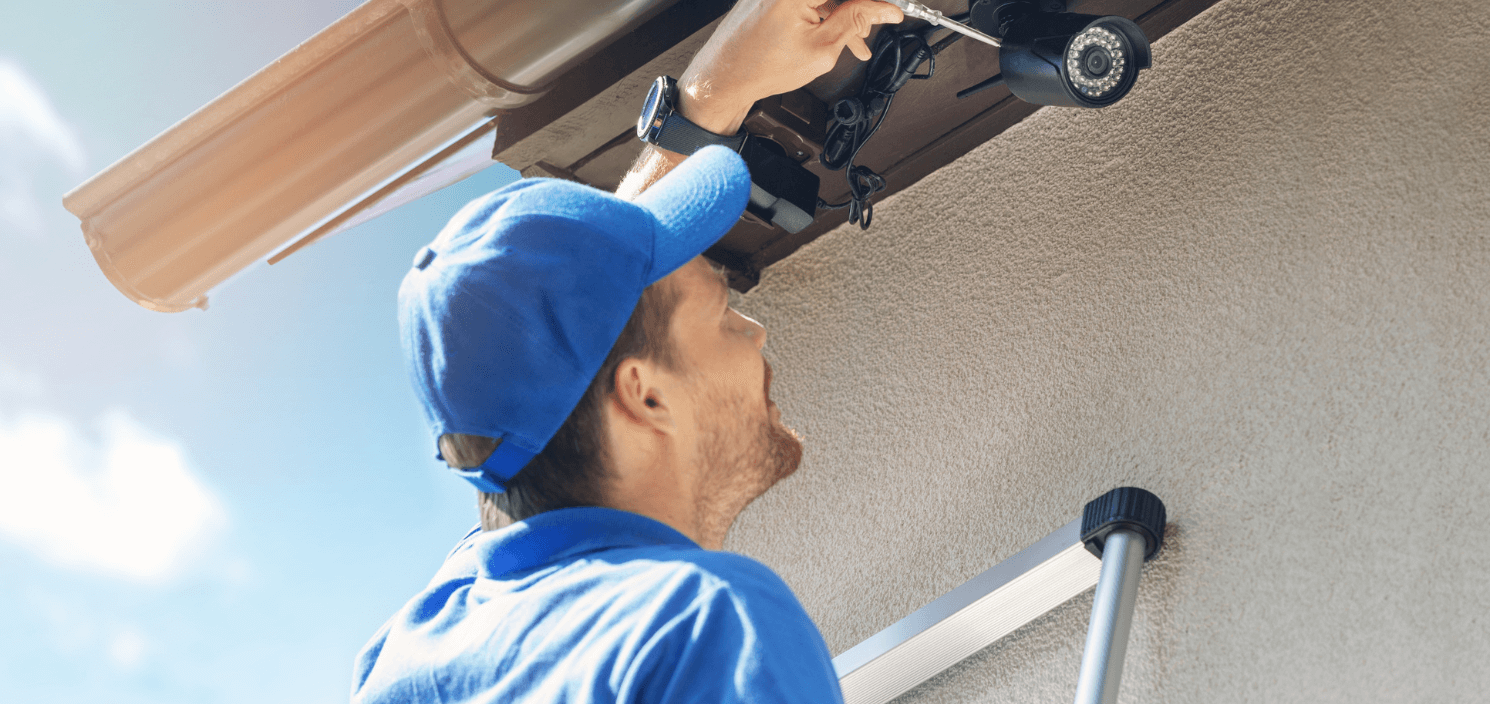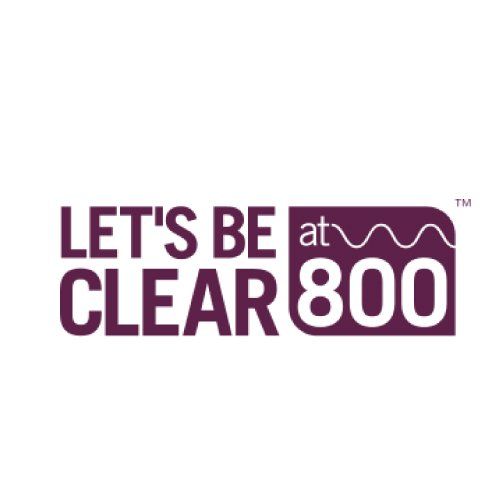What Is MATV and Why Do Shared Buildings Still Rely on It?
The body content of your post goes here. To edit this text, click on it and delete this defaulIf you're managing a shared building like an apartment block, hotel, student residence, or office space, you’ll likely face one common challenge: how to deliver reliable, consistent TV access to multiple units without individual satellite dishes or tangled cabling. This is where shared TV distribution systems come in.
Despite the rise of streaming and IPTV, MATV remains one of the most cost-effective and efficient ways to distribute television signals across multiple dwellings. Here's what you need to know.
Practical Challenges MATV Solves in Shared Buildings
When you’re managing a shared building, TV distribution presents a logistical challenge that directly impacts tenant satisfaction and property upkeep. We’ve seen older buildings in West Yorkshire with tenants installing mismatched dishes on every corner, causing both an eyesore and signal issues. A centralised communal aerial setup eliminates that hassle.
In many HMOs, we've seen unlabelled coax patched together by tenants over time often leading to picture dropouts and weekly callouts. Instead of dealing with multiple providers, rogue installs, and tenant disputes, everything routes through a single, properly balanced aerial system.
It also ensures consistent signal strength. In properties with poor internal cabling or aged infrastructure, we’ve reworked signal paths using properly balanced distribution amps and quad-shield coax to make sure every unit receives clear, reliable picture quality in every room.
We navigate local planning rules. In parts of Harrogate or Hebden Bridge, conservation regulations mean mounting dishes is a non-starter. This setup keeps your roofline tidy and ensures compliance with local regulations while delivering full Freeview access.
For landlords, the payoff is simple: fewer callouts, no messy retrofits, and a clean, managed system that scales with building upgrades or tenant demands.
Why Do Shared Buildings Still Use MATV in 2025?
For landlords, housing associations, and block managers, these systems deliver reliable, low-maintenance service to multiple tenants in shared buildings. Here’s why it continues to be the go-to in shared buildings:
Even with the popularity of streaming, shared aerial systems still offer clear advantages for certain types of properties:
1. No Need for Multiple Dishes or Aerials
In dense urban areas or multi-storey buildings, planning rules or practical constraints often prohibit individual satellite dishes. A communal signal system ensures a clean external appearance with minimal rooftop clutter.
2. Lower Setup and Maintenance Costs
For landlords or developers, one centralised system is cheaper and easier to maintain than servicing individual units.
3. Reliable Access to Free-to-Air Channels
A shared aerial network provides consistent Freeview and satellite access without relying on internet connectivity. This matters in areas with poor broadband or among tenants who prefer straightforward TV services.
4. Improved Tenant Experience
A professionally installed shared TV system is plug-and-play. There’s no need for individual installs, complex troubleshooting, or dealing with third-party providers.
MATV vs IPTV: What’s the Difference?
While IPTV (Internet Protocol Television) delivers content over broadband, MATV uses traditional RF (radio frequency) signals. Here’s how they compare:
Delivery Method: MATV sends signals via coaxial or RF cable, whereas IPTV relies on internet or Ethernet connections.
Infrastructure: MATV uses a shared aerial and signal distribution system. IPTV requires a structured data network and routers.
Internet Requirement: This type of system works without internet, which makes it ideal in buildings where broadband is unreliable or unavailable. IPTV, on the other hand, depends entirely on stable, high-speed internet.
Best Use Cases: This system excels at delivering free-to-air channels with minimal setup. IPTV is better for on-demand content, smart features, and premium subscriptions.
In buildings where tenants want streaming, but the internet is patchy, we’ve installed both systems. The shared system handles the essentials, while IPTV supports the extras like app-based, on-demand content.
What Types of Properties Benefit Most from MATV?
We’ve installed and maintained multi-dwelling TV systems across West Yorkshire in tower blocks, care homes, and student lets each with its own layout and technical demands. These are the types of properties that benefit most:
- Apartment blocks: Especially where dish clutter needs to be avoided
- HMOs (Houses in Multiple Occupation): Where tenants need simple, shared access
- Hotels & hospitality: Where centralised TV control is essential
- Student accommodation: Where tenants expect plug-and-play setups
- Care homes & retirement communities: Where ease of use is critical
A professional-grade MATV system gives every occupant easy access to high-quality channels. It cuts down on complaints and service calls that waste time and frustrate tenants.
What’s Involved in a Professional MATV Installation?
Every shared aerial installation we handle starts with a walk-through of the property. We assess signal access, cabling runs, and the best place to mount the aerial, typically on a chimney or gable end. Then we install a high-gain TV aerial, and if needed, a satellite dish as well.
From there, we use signal amplifiers and splitters designed for the property size. In larger buildings, we often use multi-tap splitters with slope control to balance signal loss between floors.
All coaxial cabling is run in risers or containment to protect both signal quality and the look of the building. We test every outlet with a signal meter to confirm strong, consistent signal.
At Cube Communications, we tailor each system to your building’s layout and future-proof it for expansion or upgrades.
Upgrade Your Shared Building with a shared aerial system!
Whether you're refurbishing a block of flats in Leeds, managing an HMO in Huddersfield, or dealing with signal issues in an older building in Bingley, a well-planned MATV system can make a measurable difference.
Learn more about our commercial services or get in touch with Cube Communications to speak with our shared system installation experts. We’ll carry out a full assessment and design a system tailored to your property.t text and start typing your own or paste your own from a different source.

